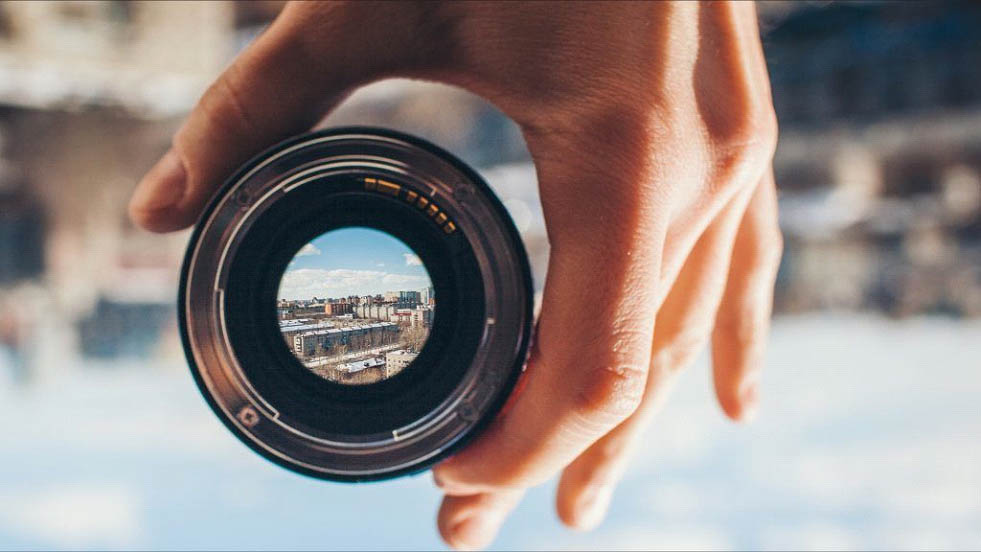
fashion photography
At the ideal time, fashion photography is related to being in the perfect spot with the right model showcasing the right outfit in the right lighting. Whether it’s in town, on the runway, or in a studio, having the right emphasis may have the effect of getting the spread shot or filling unattractive pictures with your computerised trash can.
We have created a rundown of focal points that are best suited for style photography administration through some exploration and discussions with specialists on out group at Goldamor.
Until I dig into some details, you’ll see that the common thread that links all these lenses is that they’re all wide-open optics. There are two reasons why not only do fashion photographers choose, but they almost need wide-open lenses: light gathering and field depth. Let’s think quickly about both of them.

Light Gathering.
The larger the aperture available for the lens, the lighter the sensor or film will receive. It helps the fashion photographer to capture images at higher shutter speeds for a specific lighting situation, allowing them to freeze the runway, studio and street action to prevent blurring of movement because people are always in some kind of motion— even the Buckingham guards.
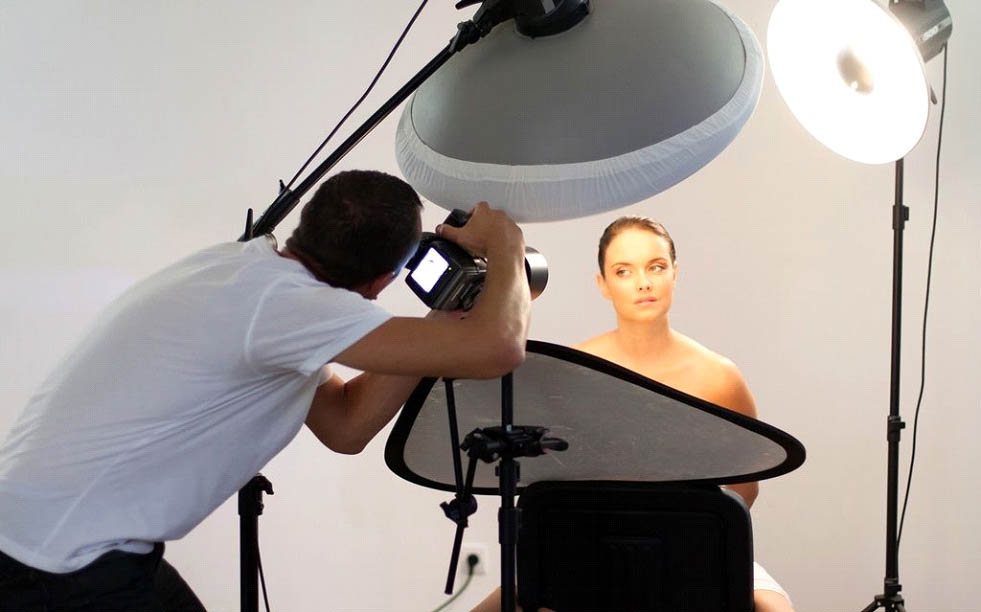
Scope of Area.
One widely used technique in fashion photography is the shallow depth of field where the focus is on only a small segment of depth in an image and the rest is gradually lost in a translucent blur. This is sometimes used in studio photography where only the close eye is in sharp focus and out in the street where background images and scenes are rendered as soft shapes and appealing bokeh sources of point light.
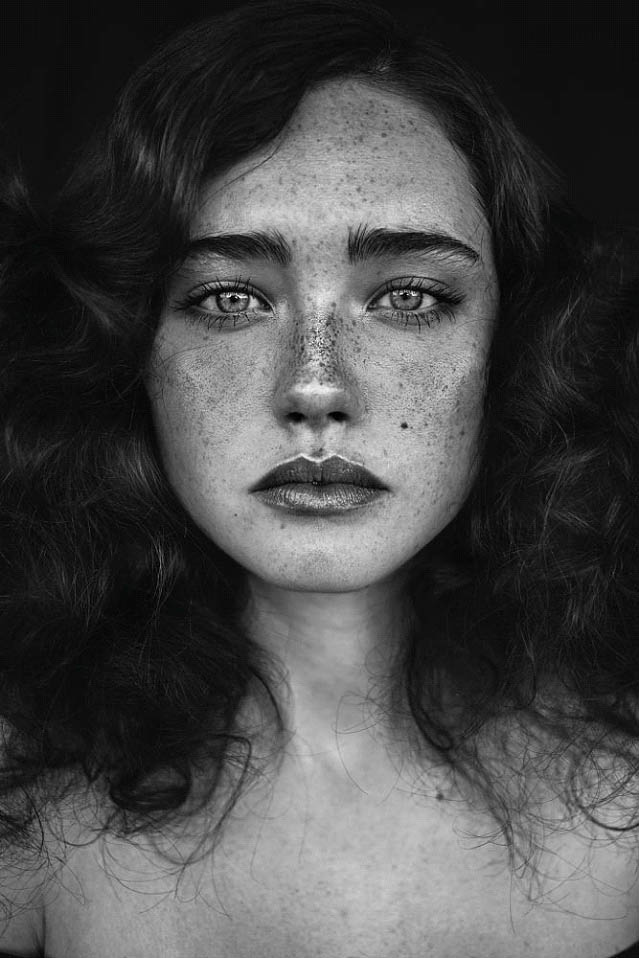

The Pro’s Zoom
The 85 mm has historically been the chosen lens for portraiture. In addition to that focal length, the 70-200 mm lens (or its 80-200 predecessors) was not really known for its excellence in the portrait / fashion world, primarily because of its size and maximum aperture “reduced” f/2.8—until photographers started to use it for that purpose. Immediately, for many fashion shooters, they were de rigueur irrespective of where they fired. Manuel Ortiz says, “The 70-200 mm f/2.8 GM OSS from Sony is the ideal studio lens and also a fantastic location camera. I’m primarily using this lens for its 200 mm stability and versatility.

Canon EF
Photographer Lindsay Adler is a big fan of her runway lens Canon EF 70-200 mm f/2.8L IS II USM. “I use the runway’s 70-200 mm 2.8 lens because I need the narrow field depth, quick focus, and variable focal lengths. It’s also a Good sight for elegance, “she says
Theano Nikitas is also using her 70-200 mm f/2.8E FL ED VR Nikon AF-S NIKKOR on the run. “I’m going to go with the Nikon 70-200 mm for longer runways when I shoot full-frame like the Nikon D5.
I’ll add [ AF-S Teleconverter TC-17E II] 1.7x at times. The longer lens gives me more range to start shooting as soon as the model comes out on the runway and goes wide enough to get the beauty / head shots when the models often stop in front of the image riser.
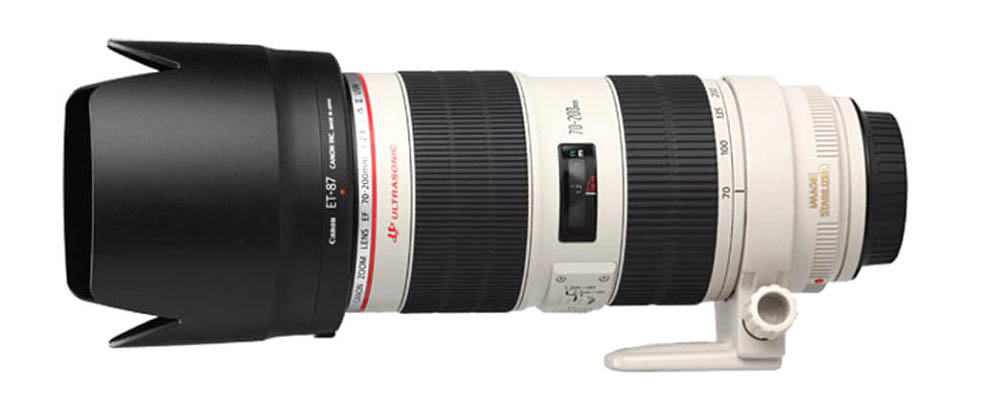
The Nifty 50
Sony Ambassador and fashion photographer Manuel Ortiz based in Chicago is using the ZA lens Sony Sonnar T* FE 55 f/1.8. While challenging the “normal” 50 mm lens limits, Manuel says,”[ The] 50 mm allows me to bring more atmosphere into my shots. It’s almost my go to the street portraits camera.
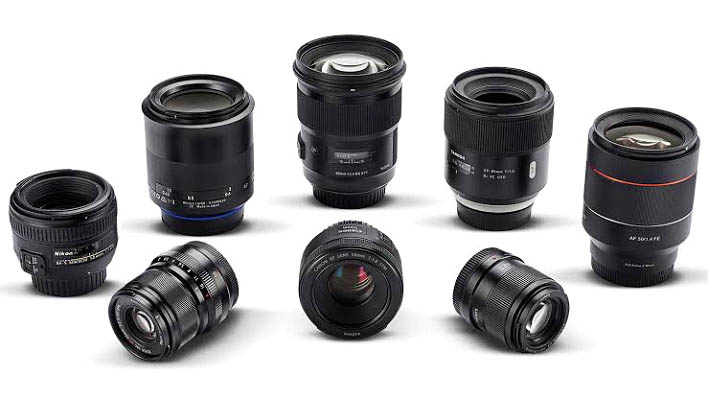
Sony Sonnar T*
We are a big fan of the 50 mm lens at Goldamor and so are a lot of photographers in the fashion world. Quick, lightweight, giant aperture, easy to focus — there are dozens of reasons the 50 mm lens is flying around on the front of many cameras of a pro. If you’ve been weighing down your DSLR and big zoom lens, take your 50 mm for a walk and fall in love with photography again.

The Workhorse Zoom
Regardless of their chosen subject matter, the iconic 24-70 mm f/2.8 lens has become a staple of the pro pack. Straddling the 50 mm focal length on the mild-wide and short-telephoto lines, the 24-70 mm lens offers you the versatility of the middle-of – the-road that few lenses offer.
Sony FE 24-70mm
An “absolutely brilliant lens” is how Frank Doorhof’s Dutch style shooter describes his 24-70 mm f/2.8 GM Sony FE. He continues, “Loads of people will say that primes are more’ normal’ but in fact, the most important thing for a pro is to get the shot and it feels like carrying multiple primes in one lens with the value of this lens. It’s sharp knife, also wide open. And for street and travel and style, the range is great.
Additionally, Lindsay Adler, based in New York, uses her Canon EF 24-105 mm f/4L IS II USM lens in the studio because of its versatility, but “not because of close beauty[ shots].”
The Classic Choice
The 85 mm lens used in f/1.2, f/1.4 and f/1.8 versions, as I described above, is the master of all classic portrait lenses. Several of the pros interviewed for this article discussed the lens, but now they seem to be gravitating to the versatility of the 70-200mm zoom for their longer-range style work. However, if you get started in fashion photography, or perhaps want to shake things up with the fantastic image quality of a prime lens, it’s hard to beat the extreme value of the generally cheap 85 mm f/1.8 lens when it comes to a lot of fashion photo needs.
Tell us Which of these do you think the best is for Fashion Photography!

